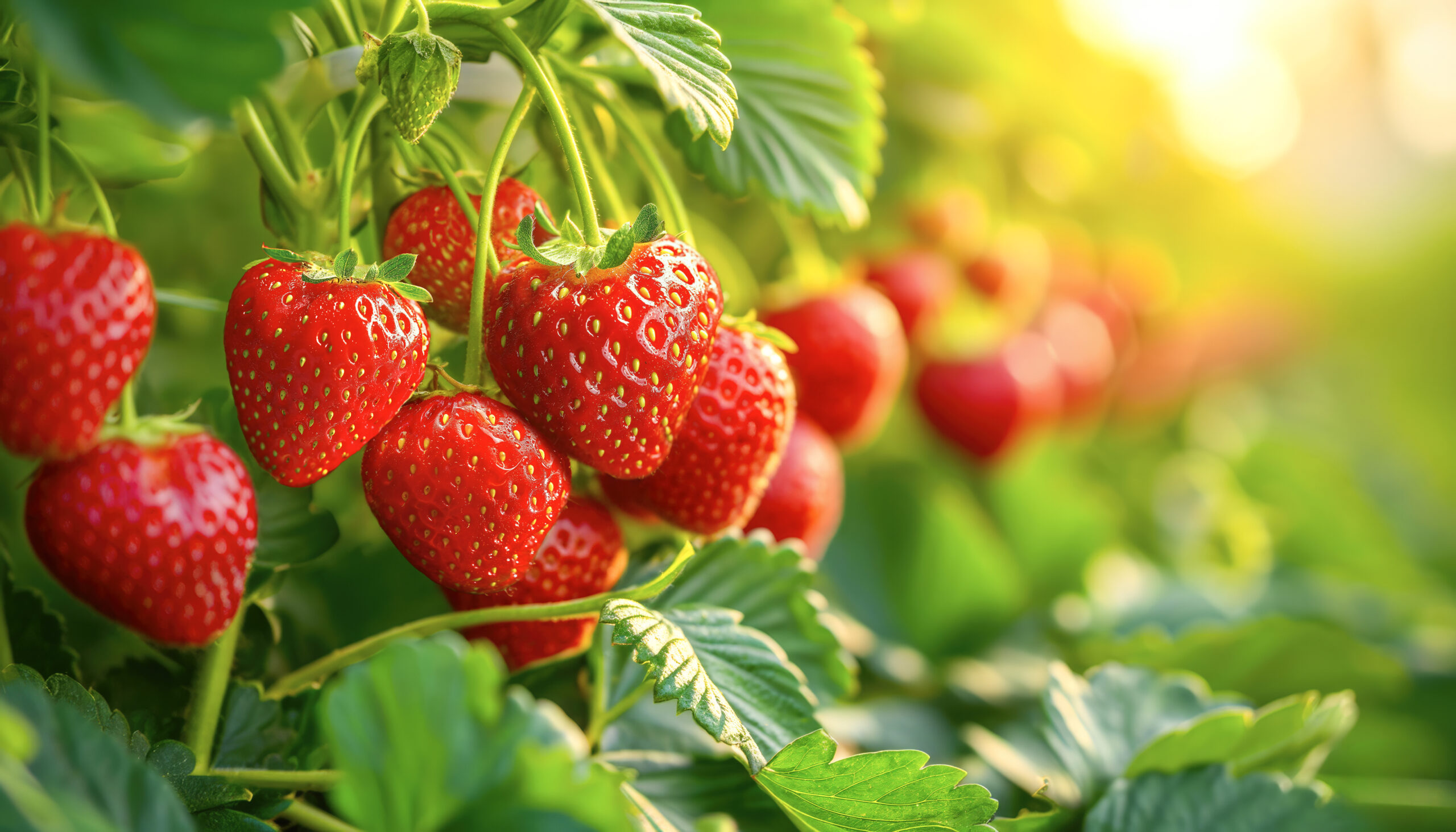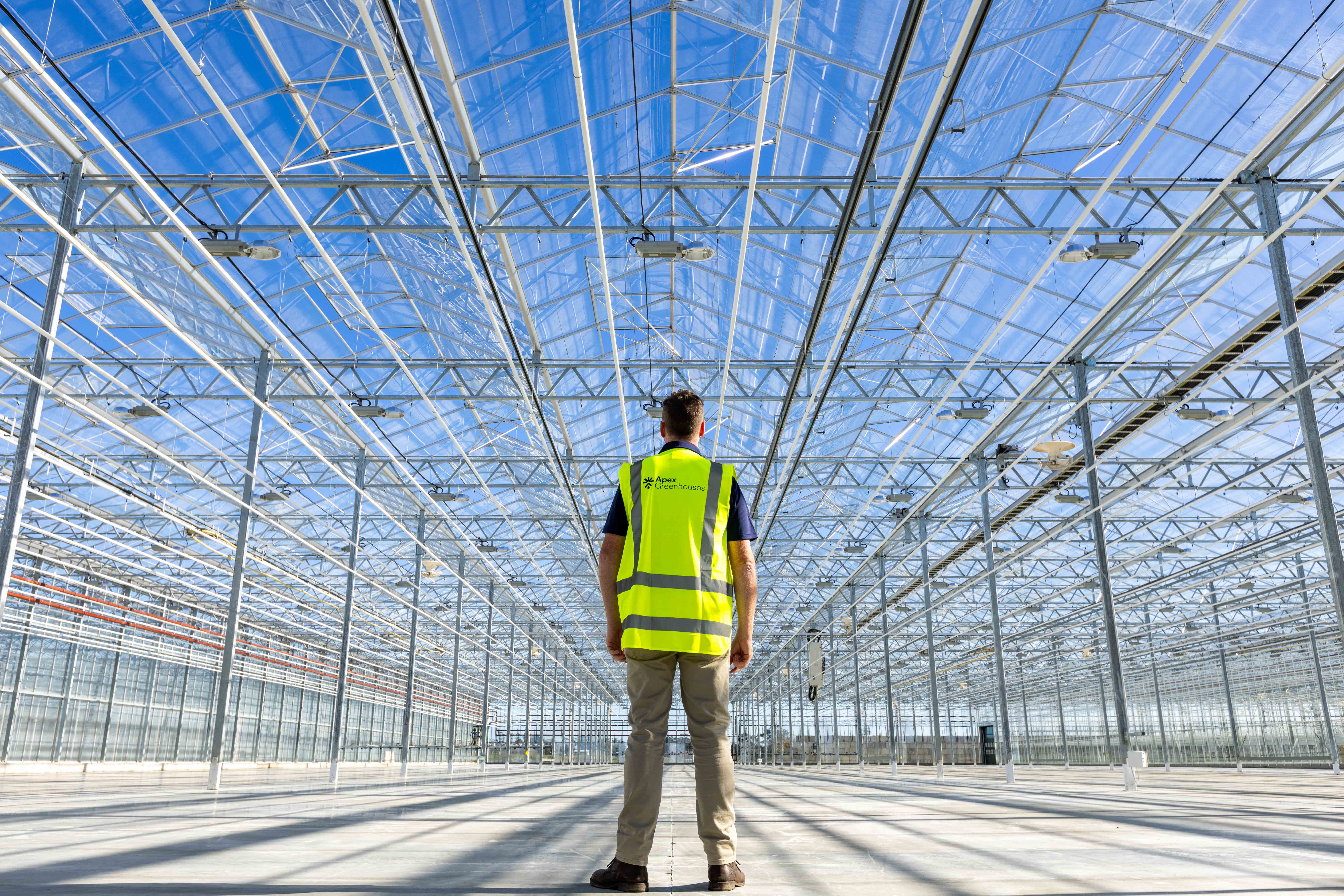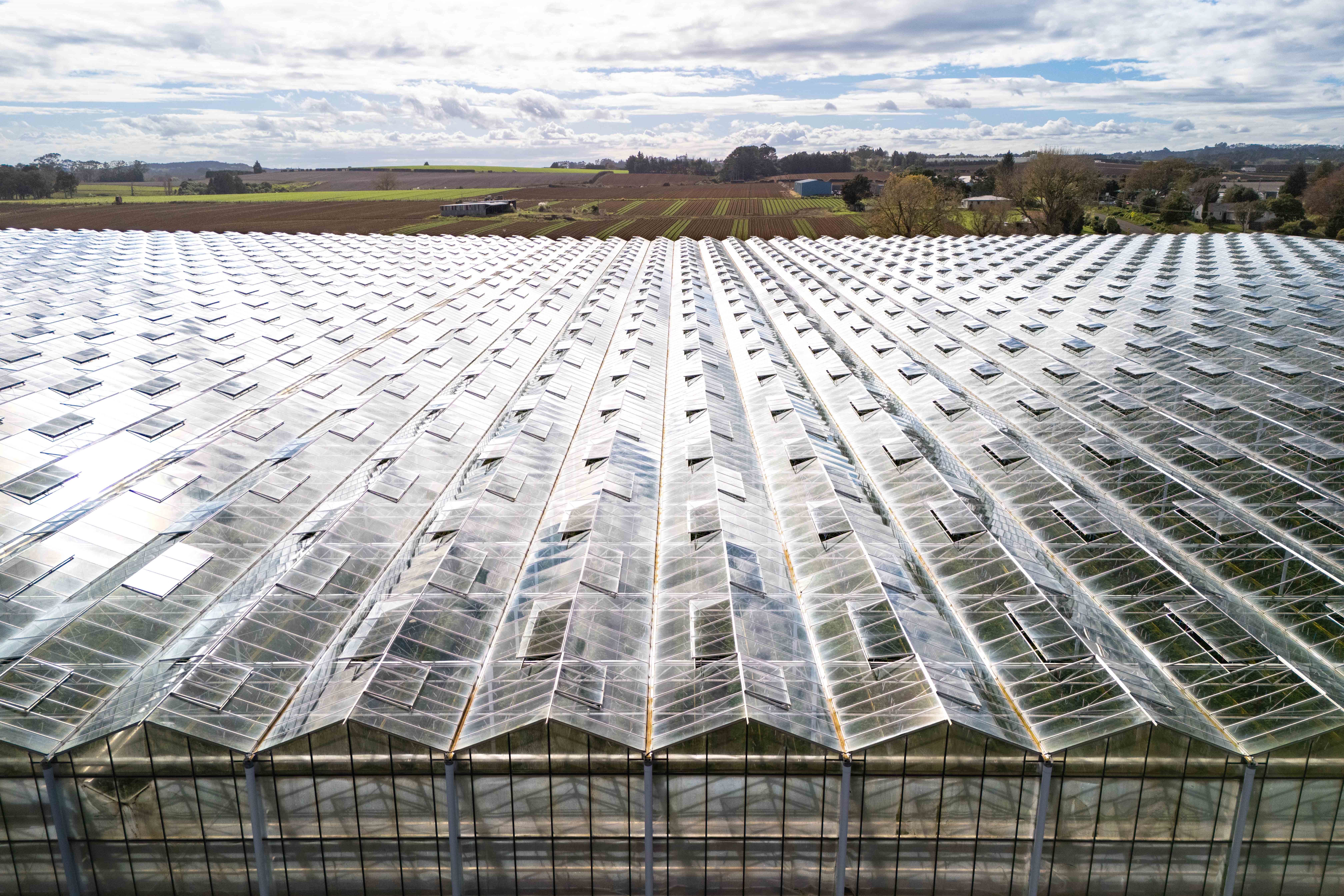What are the global trends for the strawberry industry?
The world needs more strawberries as people can’t seem to get enough – and greenhouses and glasshouses are playing a significant role when it comes to growing one of the world’s favourite summer fruits.
The global strawberry market is growing and it has been tipped to rise from $26.4 billion in 2022 to $33.6bn by 2026. That’s a lot of berries to produce.
Despite the European market remaining stable, some major production countries including France and Spain, have faced challenges with early supply in 2024.
North American markets and the Asia Pacific remain strong, and there’s an increasing demand for white strawberries in China.
Climate change is affecting agriculture and strawberry production, when conditions in fields are unable to be controlled.
This means there are opportunities for Australia and New Zealand to take advantage of greenhouse growing conditions to meet increasing consumer demands – particularly for new strawberry varieties and across South East Asia.
People are looking for strawberries year-round, well past the growing season, and if growers can produce flavoursome fruits in controlled environments which are immune from the impacts of climate change on farming, the markets are ready and waiting for what our strawberry greenhouses can yield.

How does the Australian climate impact strawberry production?
Strawberries are late spring and summer fruits, but they actually originate from a European cool climate plant. That means the ideal conditions are generally in valleys where it’s warm in summer with morning sun rather than baking afternoon heat, and a little shade where possible. They grow well in either containers or beds.
Strawberries are well suited to growing in Victoria’s Yarra Valley, South east Queensland, as far north as Bundaberg and in New Zealand, where the majority are grown around the greater Auckland region.
We can’t grow them in fields everywhere – but no matter where you go in Australia and New Zealand – you’ll see them on shop shelves. However, this has been under increasing pressure from climatic variances, seen most recently in QLD.
Greenhouses can provide a solution to these weather events which are seemingly becoming more prevalent. Greenhouses provide ideal conditions year-round, no matter the location, giving growers the ability to control temperature, moisture levels and light. With the international market tipped to blossom, Australian and New Zealand companies are well-placed to supply ample fruit to local markets as well as directly to the South East Asian market.
In a way, growing strawberries in a greenhouse is an insurance policy against climate change, allowing more farmers to enter the burgeoning market.


What are the benefits of growing strawberries in a greenhouse?
With the ability to control temperature and moisture levels, greenhouses allow growers the ability to produce a wide range of fruit over a much longer period and with fewer climactic limits. This allows soft fruit growers to supply markets year round, and generally well beyond summer.
Growers can also produce larger yields of strawberries and a higher quality of fruit packed full of taste while no longer being at the mercy of changing weather conditions, pests or birds.
Labour and water are utilised much more efficiently. Labour can be much more productive, dealing with fruit at waste height (rather than down in the mud) and in a climate-controlled environment, between 18-30 degrees, much cooler than outdoor conditions.
As society changes, seasonality is becoming less of a consideration. Consumers want to eat their fruit no matter what the weather is like outside – which is made possible thanks to greenhouse growing conditions.
Our systems and solutions
Greenhouses are increasingly advanced, harnessing the latest technologies to ensure growers can produce the highest quality fruits, vegetables and other plants.
Recent developments in types and arrangements of grow gutter systems, as well as propagation, are seeing significant advances in yields, ensuring investments in greenhouse-specific technologies can support growers to become not just more viable but more profitable. This sector is ripe for investment in Australia and New Zealand.
Apex Greenhouses partners with North American-based system suppliers, which has pioneered the double-staggered gutter system, proving to be a reliable solution in that market and we believe will become an increasingly popular growing method in Australia and New Zealand.
Having a good propagation system is essential and there are many new technologies which growers should consider to enable them to grow more reliable volumes of strawberries. Advancements in growing strawberries from seeds are getting very close to commercialisation which will revolutionise the reliability and availability of quality strawberry plants.
By growing in a commercial greenhouse with controlled conditions and making the best use of cutting-edge technologies available to the market, strawberry growers can produce even more juicy, sweet, fresh strawberries, satisfying summer fruit lovers all over the region, without having to worry about the vagaries of the weather and our changing climate.
If you would like to talk to someone about a greenhouse option for your soft fruit production, get in touch today.